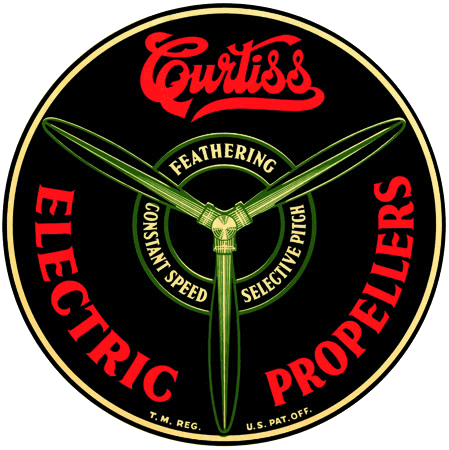
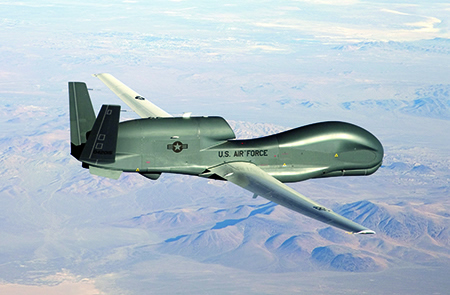
Curtiss-Wright's embedded computing technology serves as the "brain" of the U.S. Air Force's Global Hawk unmanned aerial vehicle (UAV) by managing the navigation and flight control functions in order to provide essential military intelligence without risking lives.
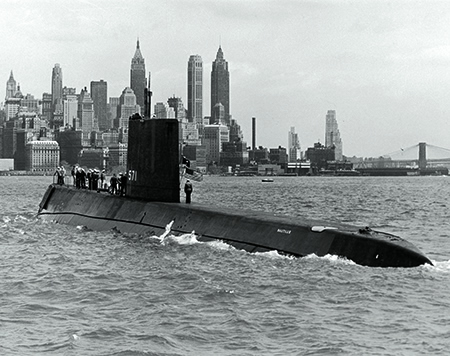
The U.S. Navy's first nuclear-powered submarine — the USS Nautilus — featured innovative reactor coolant systems, power conversion devices and pump and valve flow control technologies that not only contributed to the Nautilus' success but also furthered the development of nuclear-powered ships.
Postwar
Curtiss-Wright maintained an edge in propeller-driven reciprocating engines into the mid-1950s. The Korean War of 1950-1953 produced a jump in orders, but not nearly on the same scale as World War II. Curtiss-Wright's R3350 engine, developed during World War II, and its performance-leading propellers were in demand in the commercial market to power the Douglass DC-7s and Lockheed Super Constellations during this period. The maiden flight of the Boeing 707 in 1954, however, ushered in a new era in aviation, which was powered by the jet engine technology still in use today.
The changing dynamics in commercial aviation engendered a shift in corporate structure and a focus on diversification that, over time, led to the inception of the company's Motion Control, Metal Treatment and Flow Control business segments.
What ultimately became the Motion Control segment sustained the legacy aviation technologies, and some current technologies still trace their roots to the Wright brothers' early wing-warping technology. Many Boeing commercial jets include Curtiss-Wright's high-lift actuation technologies, as do numerous military fighter jets. As newer designs advanced to unmanned flight, Curtiss-Wright expanded its role from mechanical components to sophisticated electronics, including sensor and mission management systems that act as the "brain" operating an aerial reconnaissance vehicle like the Global Hawk. Flying at extremely high altitudes and staying airborne for 40 hours with a range of 14,000 miles, the Global Hawk surveys large areas with pinpoint accuracy, providing critical information to military decision-makers.
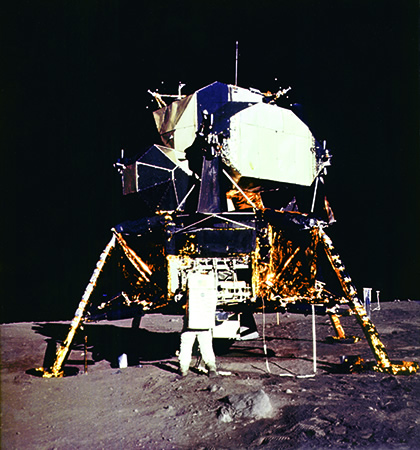
In the 1960s, there were concerns about the susceptibility of stress corrosion cracking in the feet of the Apollo 11 Lunar Module. Metal Improvement Company helped develop an engineered solution to remove the residual tensile stresses by shot peening all of the internal and external areas of the Lunar Module's four feet.
The genesis of the Flow Control business developed from the acquisition of Target Rock in 1961. Target Rock's high-performance, singularly reliable valves enabled the propulsion systems of the U.S. Navy's first nuclear submarines and aircraft carriers, beginning with the USS Nautilus, commissioned in 1954. And leveraging proprietary technologies in the commercial markets helped make possible the emergence of commercial nuclear power generation in 1957 when the Shippingport Atomic Power Station, the first commercial nuclear power plant, went online. The strong growth of the U.S. Navy during the Cold War era and the increased demand for energy, in particular consumer electricity, provided a new foundation for growth in which Curtiss-Wright's innovative technologies continue to thrive today.
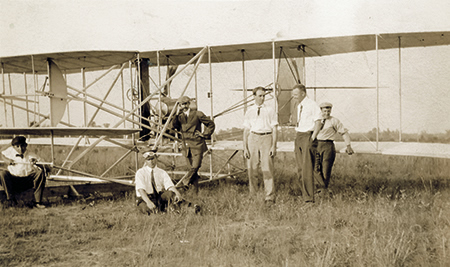
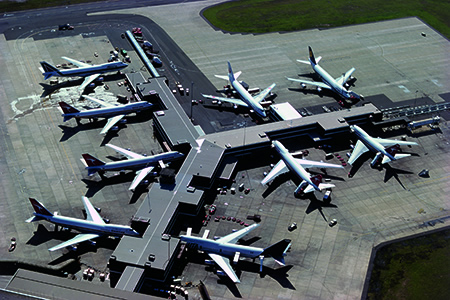
Orville and Wilbur Wright and Glenn Curtiss were leaders in helping establish aviation industry standards and training to help guide aviation into the transportation mainstream. For example, Curtiss had established a pilot training school for U.S. Army and Navy personnel by the winter of 1910. Without their dedication to safety and reliability, the innovations and performance achieved would have never amounted to the air superiority of the U.S. military or the development of commercial aviation. Extreme aviation offshoots such as barnstorming will always have their place in history, but the intrinsic value of their legacy is the accessibility they provided through their holistic approach to the development of this industry.
The Metal Treatment segment, the product of a strategic acquisition in 1968, provided an expansion that was linked to performance-driven technological innovation. Curtiss-Wright acquired the Metal Improvement Company, an industry leader in shot peening and peen forming aircraft wings since the 1950s. Initially, demand for their sophisticated metallurgical processes increased in proportion to aircraft speed and performance, which put even more stress on aircraft parts and structures, requiring an improvement in strength and durability.
Looking to the 21st Century
By the late 1990s, Curtiss-Wright was being recognized for the value it was adding with its highly engineered critical systems to an increasingly broad array of commercial industries as well as the defense sector. The company's diversified strategy was adding value to Curtiss-Wright's bottom line as well. Its earnings were growing at well above the industry average. As the century was ending, Forbes magazine recognized Curtiss-Wright's accomplishments when it named the company to its best small company list in 1998.
